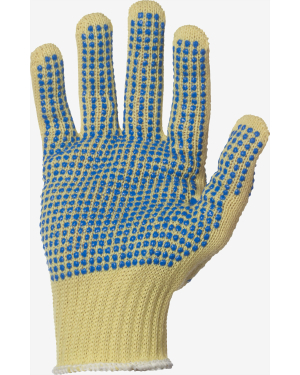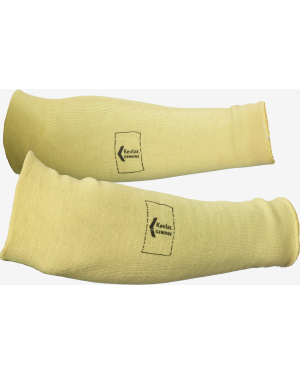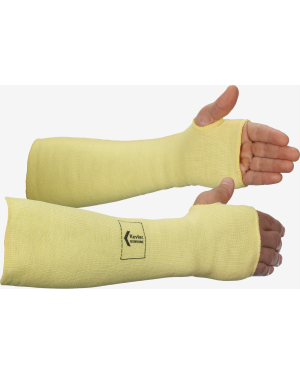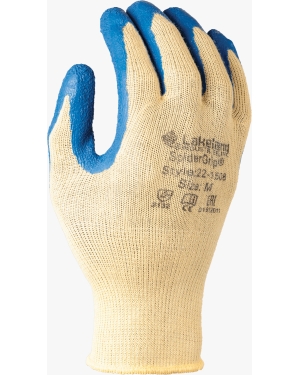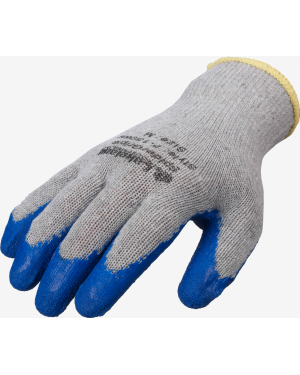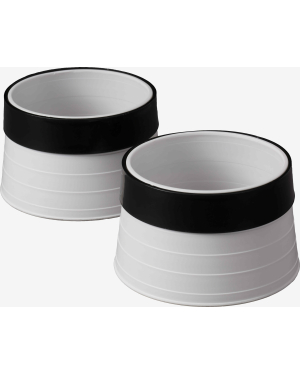Hand and Arm Protection
Hand and arm protection provides protection against cuts, chemical exposure, burns, and other dermal hazards.
When selecting the best hand and arm protection, start by identifying the equipment, substances, or system you’re using on the job. Consider dry particulates and liquids that might cause irritation, as well as abrasions or cuts caused by handling or using certain tools. The risk of exposure to blood and infectious agents should also be taken into consideration.
Products
Filter by Garment Type
More
Filter by Seam Type
More
Please Note:
All test results quoted are from testing carried out at independent laboratories to the relevant {ASTM/CE} Standard(s). Unless stated otherwise tests are carried out on samples of the relevant protective material as opposed to finished garments. Note that all testing is conducted at specific temperatures according to ASTM or EN standard requirements. As permeation is affected by temperature it is important to consider the likely temperature in any application. Permeation test results record a time to a specific permeation rate as defined by the relevant standard and NOT a time to initial breakthrough of the chemical. Also note that differences may be apparent in some cases between CE and ASTM test results. Whilst the tests are similar, the CE standard records a time to a permeation rate of 1.0µg / min / cm2, whilst ASTM records a time to a permeation rate of 0.10µg / min / cm2. This may explain differences between results. As with all Personal Protective Equipment, selection should be based upon the end users risk assessment, it is the responsibility of the end user to determine the suitability of any PPE as part of this risk assessment and to comply with any/all legislative/governmental requirements. Contact Lakeland for more information.




















